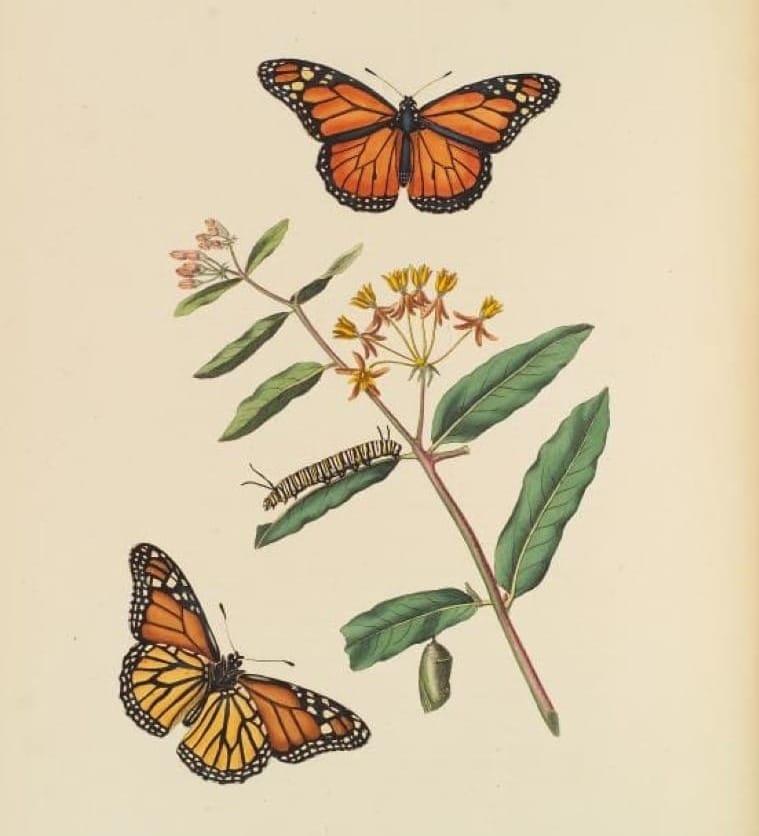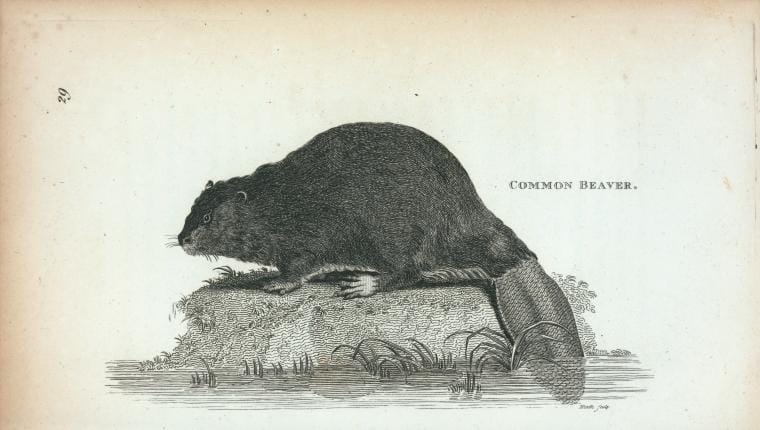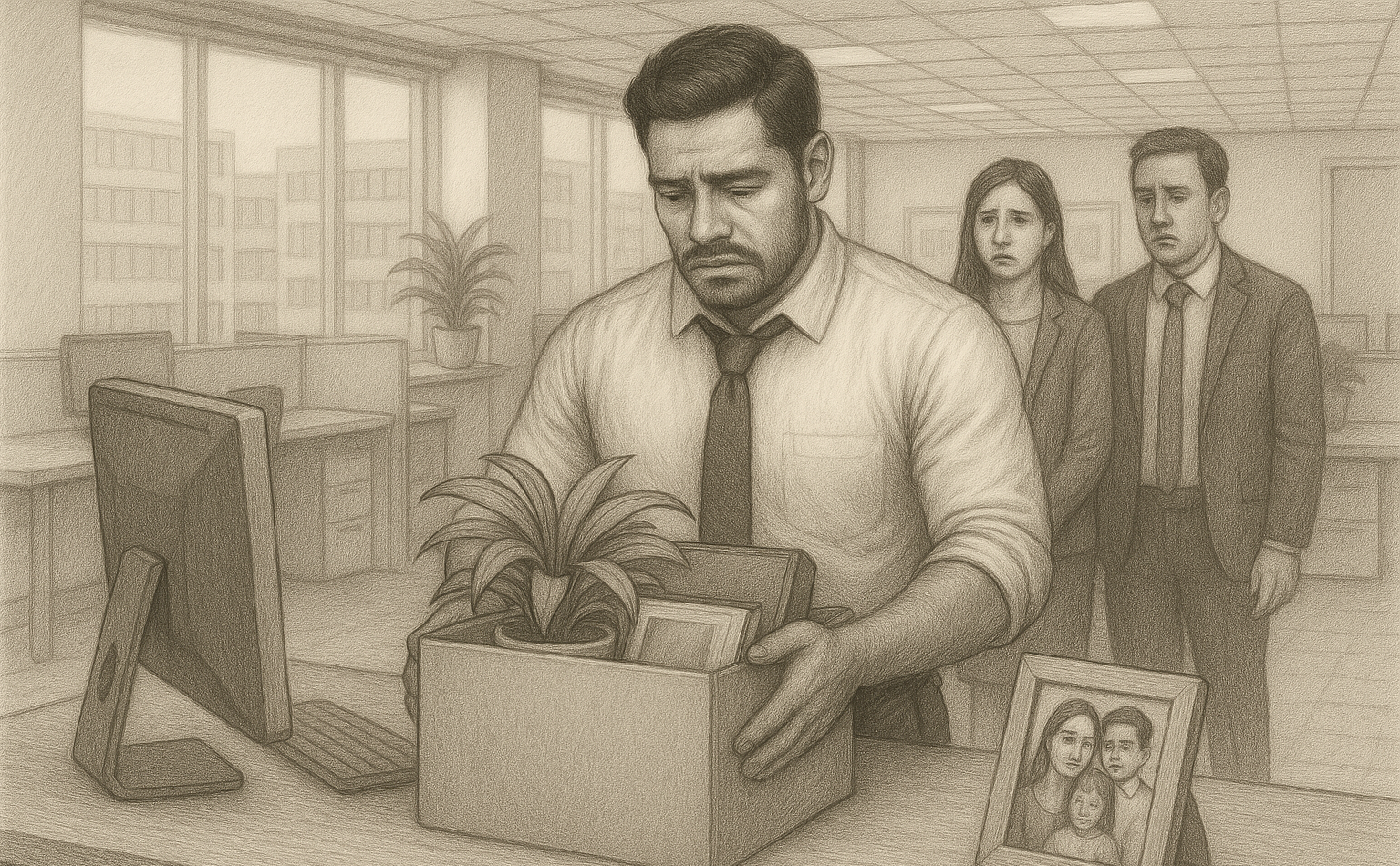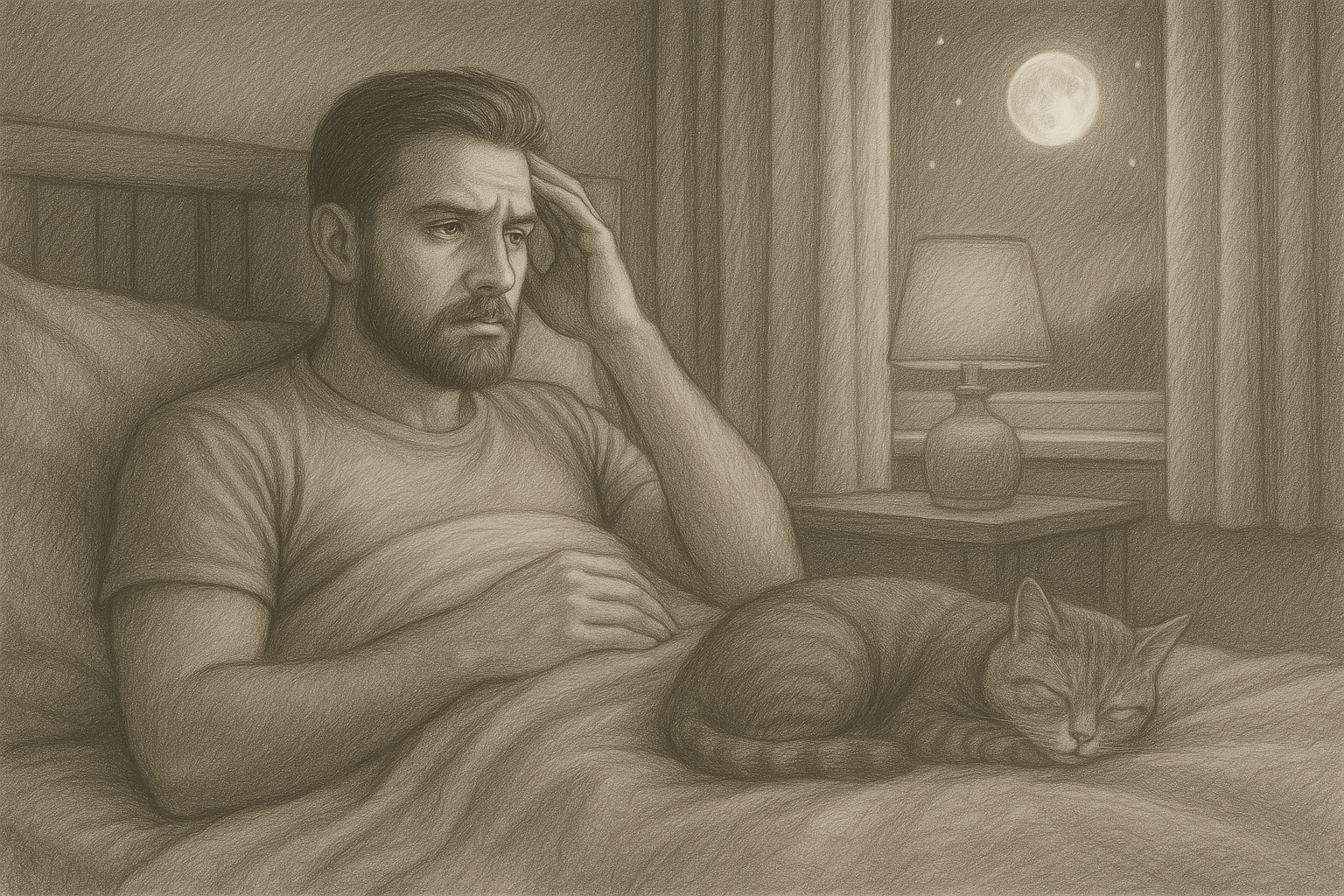Film: Up in the Air (2009)
Character: Ryan Bingham (George Clooney)
Primary lens: Evolutionary psychology
Fit for what? The evolutionary mismatch
Up in the Air is ostensibly a film about corporate layoffs, a cinematic chronicle of those who carry them out and those caught in the crossfire. But beneath what appears, at first glance, to be a story of firing and being fired en masse, lies a deeper, more primal drama: a tale of evolutionary adaptations once useful and now misfiring against the backdrop of a shifting ecosystem. On one side stands Ryan Bingham, immaculate and emotionally detached envoy of attrition tasked with performing acts of ceremonial severance on behalf of those who prefer not to stain their own hands. On the other, his unsuspecting prey, the herd of organisational loyalists led gently to the altar, one by one, to be sacrificed with rehearsed solemnity and the illusion of mercy, read from the script.
On the surface, Ryan’s detachment from his habitat and the lambs’ embeddedness within it seem like opposing ends of an adaptive continuum. But look closer, and they reveal themselves as two expressions of the same impulse: survival. One through migration, the other through staying put. Which one is optimal? Evolution doesn't know and, importantly, doesn't care. It doesn't reward the loyal or the aloof — only the ones that fit. But fitness, too, is not a guarantee of preservation: when the rules of survival evolve, both overcommitment and overdetachment can become fatal miscalculations. Evolutionary psychologists call this overfit: an adaptation so precisely tuned to the environment that it backfires the moment conditions shift (Buss, 2024). And in that misalignment, both proverbial nomads and nesters are left behind, perfect for a world that no longer exists.
As humans, we often take our enduring civilisation as proof of adaptive success and in doing so we aren't necessarily wrong. As species, we've achieved remarkable things within a timeframe that, from the vantage point of the cosmos, registers as little more than a temporal blip. But if evolution teaches us anything, it's that survival isn't static but iterative, an ongoing process of learning and adjusting (Van Vugt, 2017). And sometimes, the most valuable lessons come not from those with loud voices, but from the quiet resilience of species who persist, elegantly and almost imperceptibly, in the margins of the natural world.
Monarch butterflies: solitary migrants in perpetual motion

In the ecology of modern work, Ryan Bingham is a perfect specimen of a creature calibrated for perpetual motion in a system that rewards movement over rootedness. Like certain migratory species, he moves not to arrive, but to remain in motion — light, lean and unburdened by the gravitational pull of personal attachments: a high-flying consultant, recruited, deployed and discarded when no longer of use. Like monarch butterflies, he moves solo through a continuous cycle of takeoffs and landings, joining others only in passing — airport lounges, hotel bars, anonymous conferences — places where departure is not just expected, but required: roosts of coincidence, not community.
'All the things you probably hate about travelling — the recycled air, the artificial lighting, the digital juice dispensers, the cheap sushi — are warm reminders that I'm home.' [00:07:30]
Recycled. Artificial. Digital. Cheap. Listen closely, and you might begin to wonder whether he’s describing the transient habitats of the corporate biome, the biome itself, or quietly sketching the contours of his own identity. One that resists connection not out of cruelty or callousness, but because adaptation has left no room for it.
'Your relationships are the heaviest components in your life.' [00:24:00]
Ryan's mantra, however stark, can at times serve as a viable strategy. After all, countless species continue to live and thrive as nomads, eschewing fixed communities and territorial anchors, following biology's simplest command: endure, replicate, continue. But unlike monarchs, guided by an invisible yet immutable intergenerational memory that steers them unerringly across the landscapes of North America (Alhaddi, 2025), humans were not designed to travel alone, or forever. Instead, like our ancestors on the ancient savanna, we move because we must — nudged by the deep-rooted algorithm of survival to peer beyond the horizon, towards a land more bountiful, where safety might finally become permanent. Eventually, there comes a time when we realise: this is it, a place I can finally call home. And so, we settle. The ground may not be the Promised Land, but it holds a promise: that if we stay put, reinforce our shelter, and, like beavers, remain devout to our dam and the small patch of earth, the quest for safety may finally be over.
Beavers in corporate lodges

There is wisdom in settling. Like beavers, some people find their edge not in velocity but in verdancy, working tirelessly to build and reinforce their shelter, hoping that tenacity and endurance might one day offer protection. In the corporate ecosystem, these are the loyalists, who, despite restructures and downturns, rebrands and acquisitions, continue to patch the leaks with discretionary effort and personal sacrifice, believing that devotion might be repaid in kind. But ecosystems evolve faster than belief systems and even the most fortified structures can’t always protect against predators that adapt faster than the dam can be repaired.
'I’ve given this company everything. Everything.'
'This is what I get for following the rules?'
'I did everything right. And now I’m disposable?'
[00:30:00-00:35:00]
The loyalist is often the last to see it coming. While others, agile enough to sense the current changing before their time is called, slip away, the beavers remain in their posts — intact, but increasingly exposed. They hold the dam for a while, but eventually, they, too, are swept away by currents too strong to withstand. The time for adaptation has passed. And now, the stream itself is being, ironically, 'streamlined'.
'I don’t even know what I’m good at anymore.' [00:32:00]
In nature, beavers move upstream, find new banks and eventually rebuild (Rosell & Campbell-Palmer, 2022). In corporate life, the outcome is less certain. Sometimes we move on; beaten but unshattered. More often, though, entrenched in systems that once resembled oases of longevity, we realise too late: our agency has evaporated. And what we mistook for identity was just a mirage. And so we need to retreat and repair what is left of our own dam — the one that holds together what is left of our world: beautiful, but fragile. Could it be that the most successful adaptation isn’t rigid or fixed, but tensile, capable of bending without breaking and woven quietly in the shadows of human ambition?
Orb-weavers: a lesson in constructive impermanence

Unlike beavers who reinforce from the outside, orb-weavers spin from within. Thread by thread, they improvise with tension, geometry and wind until the structure, built to last but with no expectation of permanence, becomes both home and a hunting ground (Eberhard, 2020). Steady while useful, dismantled when it's not. It's this constructive impermanence that makes this adaptation so powerful: when the environment shifts, the spider moves on — and settles — until the cycle begins again. Could this permanent impermanence be the type of adaptation we all need? Could a personal web that we weave quietly and with purpose become a way to remain grounded while setting ourselves free? Could we borrow from species who've learnt to anchor not in the system, but in an internal compass? The one that keeps them moving before anyone tells them to move.
'Today is the first day of the rest of your life.'
Where do we start? It's hard to say. But perhaps we begin by gently unspooling ourselves from the web of unhelpful narratives and the adaptation strategies they once demanded. That, at least, might be a worthy point of departure. At the same time, we may find it helpful to build new webs. The webs of relationships, projects and stories, spun quietly from within and shaped with intention. The ones that help us hold what matters in this moment and can be taken with us, when it is time to move again. And then, perhaps, come the questions that become our quiet compasses, guiding us across the changing contours of what surrounds us and what we’re slowly becoming.
- What strategies once kept me safe but now hold me back?
- Which parts of my identity were shaped by outdated ecosystems?
- What have I mistaken for stability that may, in fact, be stasis?
- Where might I build something flexible enough to grow, yet light enough to carry?
Margins and marginalia:
- Alhaddi, H. (2025). Monarch: Resilience through Evolution: A Book on Strategy Across the Industry Life Cycle (1st ed.). Productivity Press. https://doi.org/10.4324/9781003564133
- Buss, D. M. (2024). Evolutionary Psychology: The New Science of the Mind (7th ed.). Routledge. https://doi.org/10.4324/9781003230823
- Eberhard, W. (2020). Spider Webs: Behavior, Function, and Evolution. University of Chicago Press. https://doi.org/10.7208/9780226534749
- Rosell, F., & Campbell-Palmer, R. (2022). Beavers: Ecology, Behaviour, Conservation, and Management. Oxford University Press. https://doi.org/10.1093/oso/9780198835042.001.0001
- Van Vugt, M. (2017). Evolutionary psychology: Theoretical foundations for the study of organizations. Journal of Organization Design, 6, 9. https://doi.org/10.1186/s41469-017-0019-9
Feature image from Up in the Air (2009), featuring, Ryan Bingham (George Clooney). Courtesy of MovieStillsDB. Copyright remains with the original rights holder; included under fair use for non-commercial, educational commentary.





Discussion